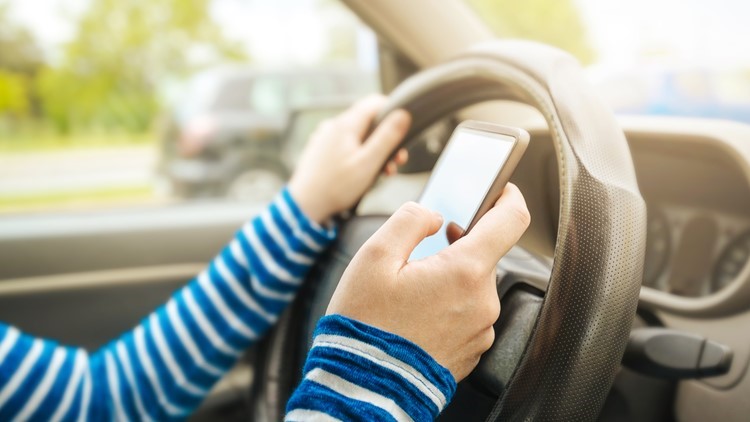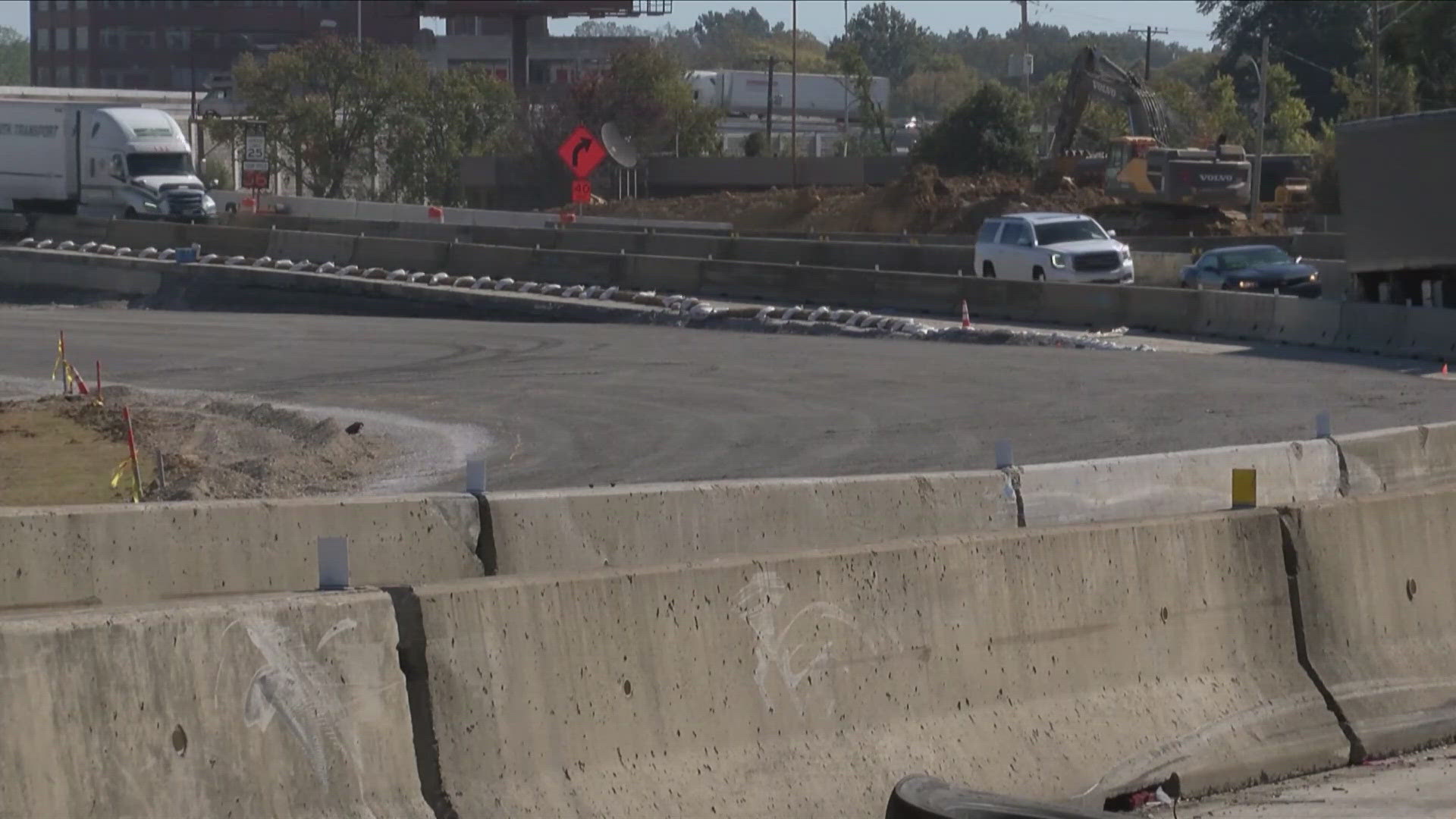LITTLE ROCK, Arkansas — Distracted driving continues to be one of the leading causes of motor vehicle crashes along nationwide roadways, and the Arkansas State Police Highway Safety Office is working to put a stop to it.
Stepped-up enforcement of the state’s distracted driving laws is planned for April 4th – 11th that will involve Arkansas State Troopers, local sheriff’s departments and local police officers. The operation will target drivers who are texting and driving as well as violating other distracted driving laws.
According to the National Highway Traffic Safety Administration [NHTSA], between 2012 and 2019, more than 26,000 people died in crashes involving a distracted driver. While fatalities from motor vehicle crashes decreased slightly from 2018 to 2019, distraction-related fatalities increased by 10 percent.
“Distracted driving has become one of the leading causes of vehicle crashes on Arkansas roadways,” said Colonel Bill Bryant, Director of the Arkansas State Police and the Governor’s Highway Safety Representative. “Drivers know it’s against the law, yet the distractions are significantly attributed to texting while driving.”
“These drivers give themselves a personal exemption to ignore the law while unfairly putting others at risk,” Colonel Bryant commented. “Beginning April 4th state troopers won’t be issuing warnings, they’ll be writing violator citations as part of the U Text and Drive, You Pay enforcement operation.”
The Arkansas Highway Safety Office and NHTSA urge drivers to put their phones away when behind the wheel. They encourage drivers to follow these suggestions to ensure a safe driving experience:
- If expecting a text message or need to send one, pull over and park in a safe location. Only after the car is off the roadway and stopped is it safe to text.
- Ask a passenger to be a “designated texter.” Allow the passenger access to respond to calls or messages.
- Do not engage in social media scrolling or messaging while driving.
- Cell phone use while driving can easily become a habit. Consider activating a phone’s “Do Not Disturb” feature while driving, or put the phone in the trunk, glove compartment, or back seat of the vehicle.



